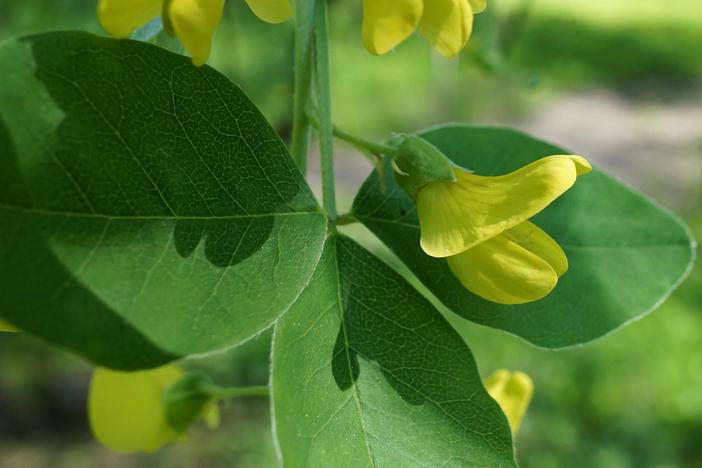Scotch Laburnum
(Laburnum alpinum)
Scotch Laburnum (Laburnum alpinum)
/
/

Plant Image Library
CC BY-SA 2.0

























































Estimated Native Range
Summary
Scotch Laburnum is valued for its striking floral display and is often used in ornamental plantings, urban landscapes, and as a focal point in gardens. It is also appreciated for its ability to transplant well even at a large size. The tree is adaptable to a range of soil types, including well-drained sandy, loamy, and even heavy clay soils. It prefers acidic, neutral, and basic (alkaline) soils and can grow in semi-shade (light woodland) or full sun. While it can withstand strong winds, it does not tolerate maritime exposure but does tolerate atmospheric pollution. It is hardy to USDA zone 5. In cultivation, it requires medium amounts of water and can handle various drainage speeds. However, all parts of the plant are highly toxic if ingested, and care should be taken, especially around children and pets.CC BY-SA 4.0
Plant Description
- Plant Type: Tree
- Height: 15-30 feet
- Width: 15-30 feet
- Growth Rate: Rapid
- Flower Color: Yellow
- Flowering Season: Spring
- Leaf Retention: Deciduous
Growth Requirements
- Sun: Full Sun, Part Shade
- Water: Medium
- Drainage: Slow, Medium, Fast
Common Uses
Bee Garden, Butterfly Garden, Deer Resistant, Fragrant, Low Maintenance, Rabbit Resistant, Salt Tolerant, Showy Flowers
Natural Habitat
Native to mountainous regions of Central and Southern Europe, often found in open woodlands and on rocky soils
Other Names
Common Names: Scottish Laburnum, Alpine Laburnum, Alpe-Guldregn, Alpen-Goldregen, Kaljukultasade, Cytise Des Alpes, Citiso Alpino, Alpegullregn, Alpgullregn
Scientific Names: , Laburnum alpinum, Cytisus alpinus, Laburnum alpinum var. macrostachys, Laburnum alpinum var. pilosum, Cytisus angustifolius, Genista alpina, Cytisus alpinus var. macrostachys, Cytisus alpinus var. pendulus, Cytisus alpinus var. pilosus
GBIF Accepted Name: Laburnum alpinum (Mill.) Bercht. & J.Presl